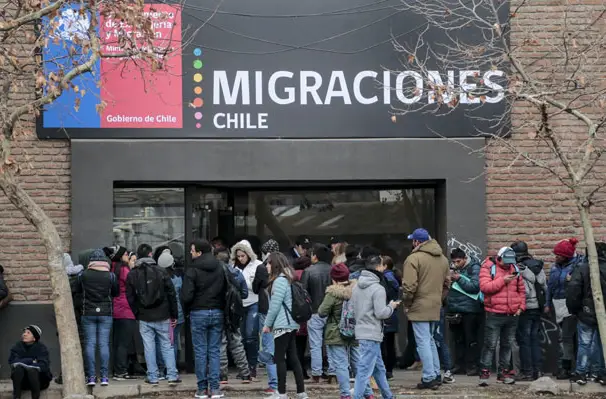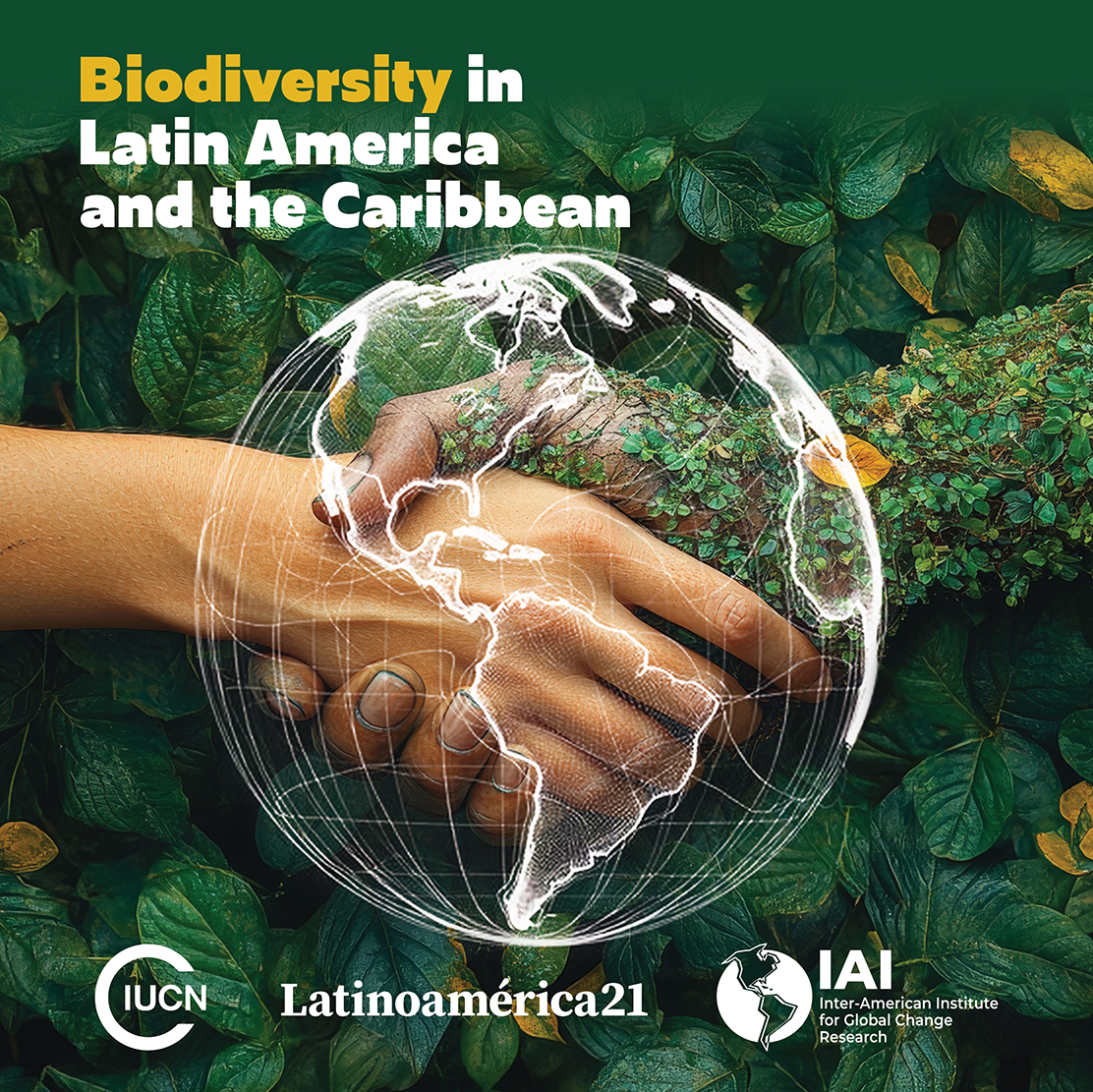In just a few years, Chile has gone from being a country of emigrants to becoming a key destination for Latin American migration. But this shift has not been free of tensions. While the numbers continue to grow, the actual inclusion of those who arrive remains uneven, complex, and often contradictory.
How welcome do migrants feel in Chile? What do they value? What do they reject? What keeps them here? One of the most innovative ways to answer these questions is the research conducted by GPS Ciudadano, a project of the Chile-based consulting firm Datavoz. Instead of surveying Chileans about their views on migrants, the study went directly to Latin American migrants who have lived in Chile for less than six years, asking how they experience life in the country.
The results paint an ambiguous picture. On an aggregate level, most respondents say they feel good in the place where they live and report having a better quality of life than in their home country. However, inclusion is far from complete: 41% perceive social conflict due to their origin, 35.1% have experienced discrimination, and just over half say that, if they could, they would return to their country.
What’s particularly interesting is how these perceptions vary across different segments. Specifically, the study identified four groups who have experienced and interpreted their integration into Chilean society in distinct ways.
The largest group, which we call Disconnected Optimists, makes up a little over a third of respondents. These are people who have a positive view of their quality of life but remain on the sidelines of social conflicts and show little interest in politics. This group is mostly made up of women of various nationalities, with a significant presence of Peruvians and Bolivians, and a smaller proportion of Venezuelans. They are concentrated in two age ranges: older adults (over 55) and young adults between 25 and 34.
In contrast, the Integrated and Satisfied group represents just under a quarter of those surveyed. They report high levels of well-being, integration, and low levels of discrimination. This group is predominantly composed of Venezuelans aged 35 to 54, with a more balanced gender distribution.
The Critical or Disenchanted group (30.2%) perceives high levels of discrimination and conflict and expresses a strong desire to return to their country of origin. They are also mainly Venezuelans, relatively young (between 25 and 34), and exhibit the highest interest in politics.
Finally, the Ambivalent or Strained group accounts for slightly less than one in ten respondents. They navigate between uncertainty about their future and a low perception of quality of life. This group mainly includes young Venezuelans, Bolivians, and Peruvians between 18 and 24 years old.
These profiles show that migrant experiences are far from homogeneous. The ways in which people integrate—or remain disconnected—from Chilean society appear to be shaped by multiple factors, such as country of origin, age, gender, and future life expectations.
The reasons for staying in Chile also vary. While the Ambivalent and Critical groups are mainly driven by economic and family reasons, the Integrated also value general well-being and their children’s education. For the Disconnected Optimists, emotional bonds and family proximity are key.
A particularly revealing finding is political interest: the more critical groups are more attentive and active, while those who feel more comfortable tend to disengage from the public sphere. This lack of interest reaches 37.3% in the Disconnected Optimists group and may reflect a passive form of integration, one focused more on individual benefits than civic belonging.
This map of migrant trajectories shows that there is no single experience. There are multiple ways of being in Chile—from those who feel they are part of the country to those who are simply enduring day by day. What is clear is that integration is not automatic: it is a process shaped by age, origin, expectations, and, above all, by the treatment received.
Migration policy in Chile faces the challenge not only of managing flows but of building bonds. Integration is not about containment or assimilation: it’s about recognizing diverse journeys, creating spaces for participation, and understanding that real inclusion doesn’t happen on the margins, but at the center of society. Today, many migrants live in Chile more as a pragmatic decision than a convinced choice. And that has deep consequences for how they relate to the country, its institutions, and its democracy.
The challenges of inclusion aren’t solved only through migration policies or welcoming speeches. They require an understanding of the internal differences within the migrant community, recognition of their motivations, and the creation of real channels for participation. It’s not just about “how Chileans see migrants,” but about fostering a reciprocal gaze—one that avoids silent misunderstandings and protects our social cohesion.
Many of the tensions around integration, uprootedness, discrimination, and participation that Chilean society is facing today resonate across other Latin American countries also experiencing new waves of migration. Recognizing these diverse trajectories is not just a national challenge—it’s a regional imperative if we hope to build more inclusive, democratic, and cohesive societies. On a continent in constant motion, understanding the other is not optional—it’s our only path toward a shared future.
*Machine translation proofread by Janaína da Silva












